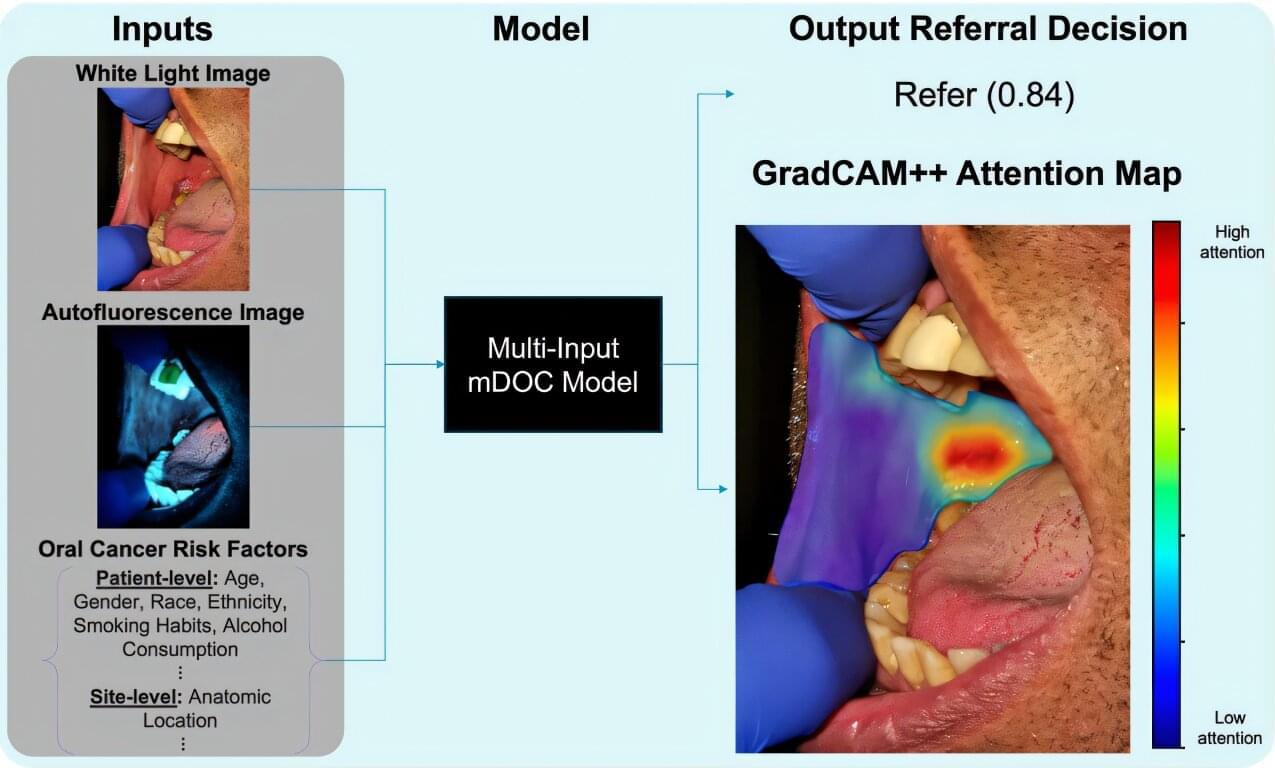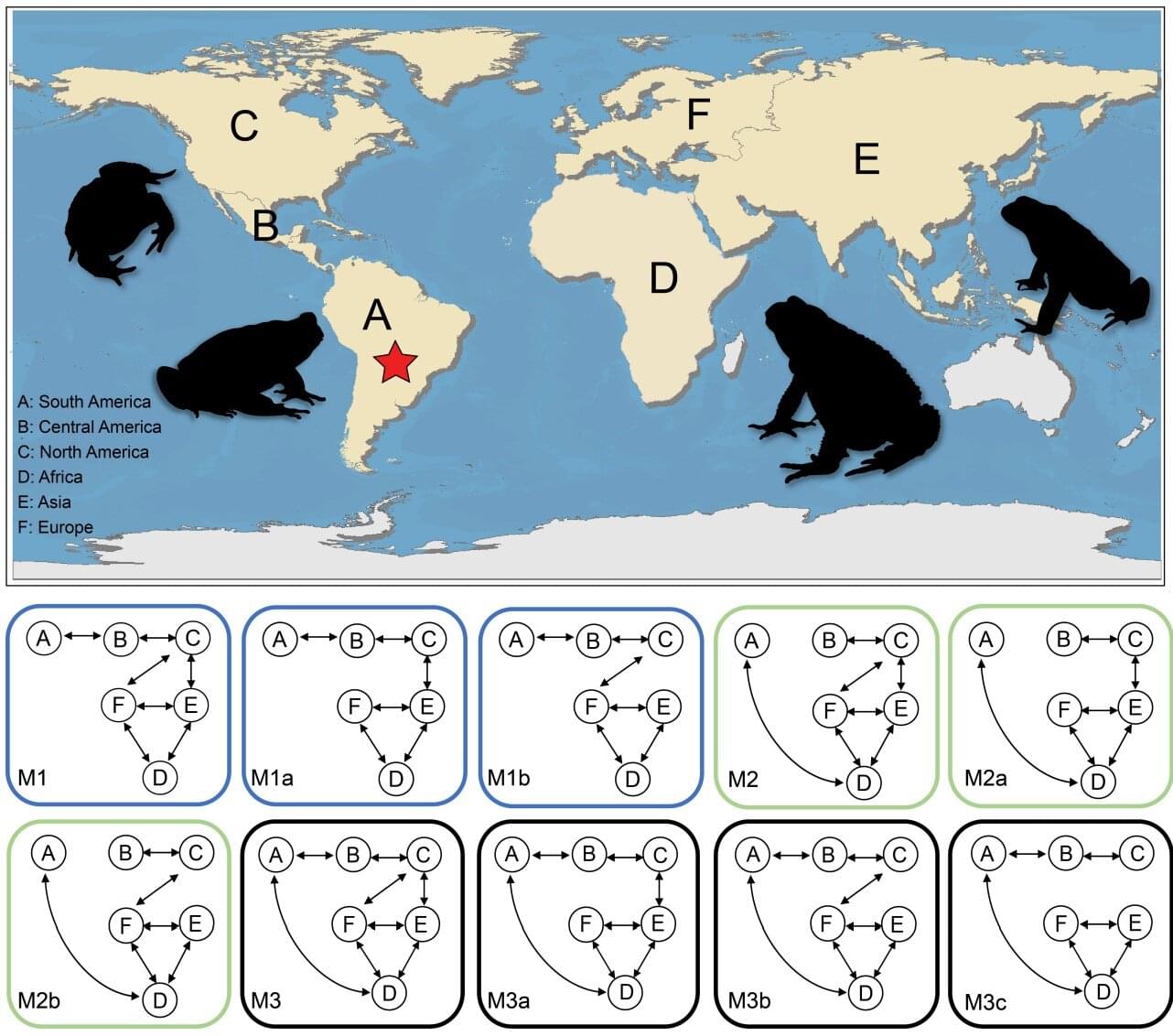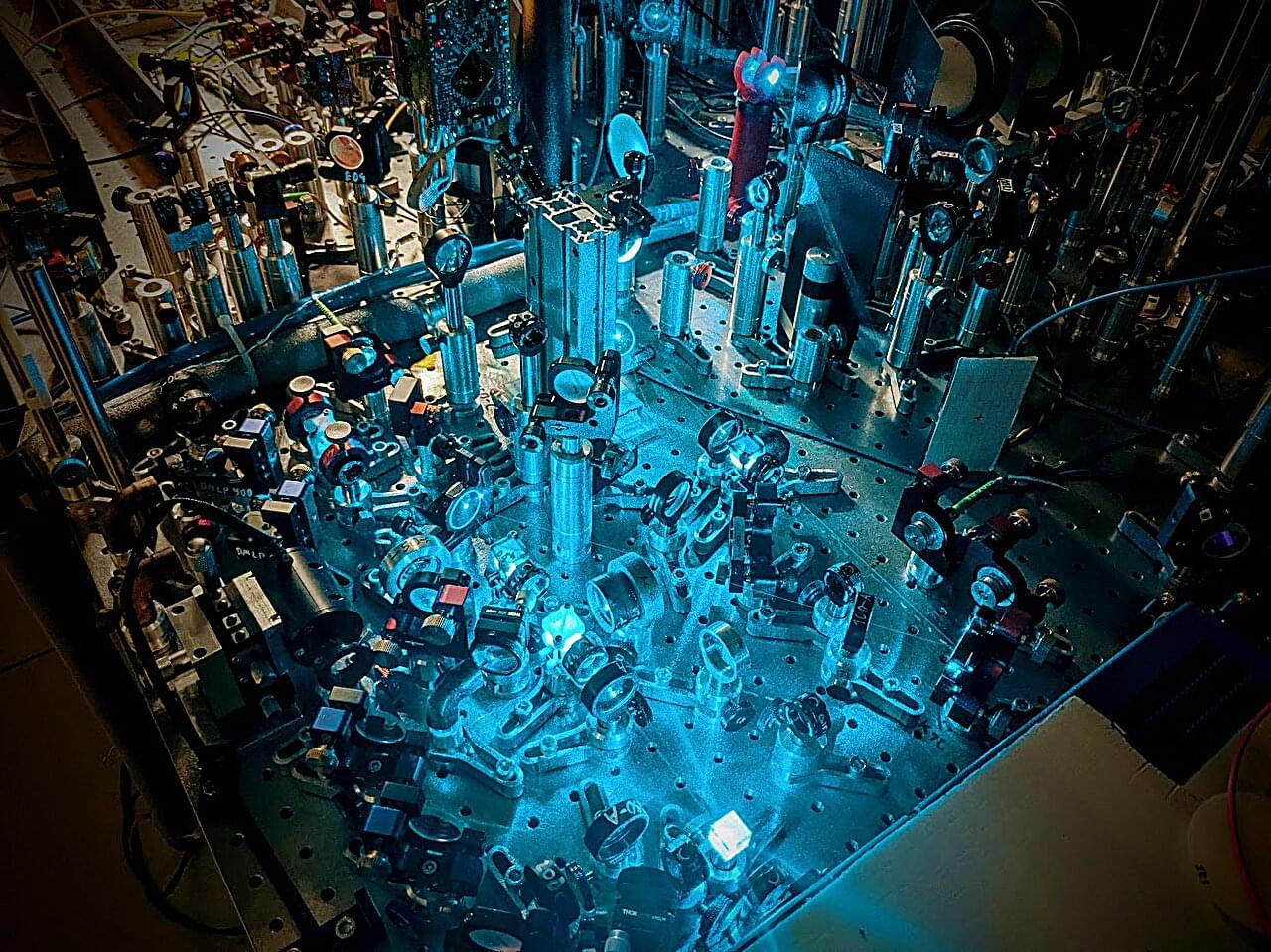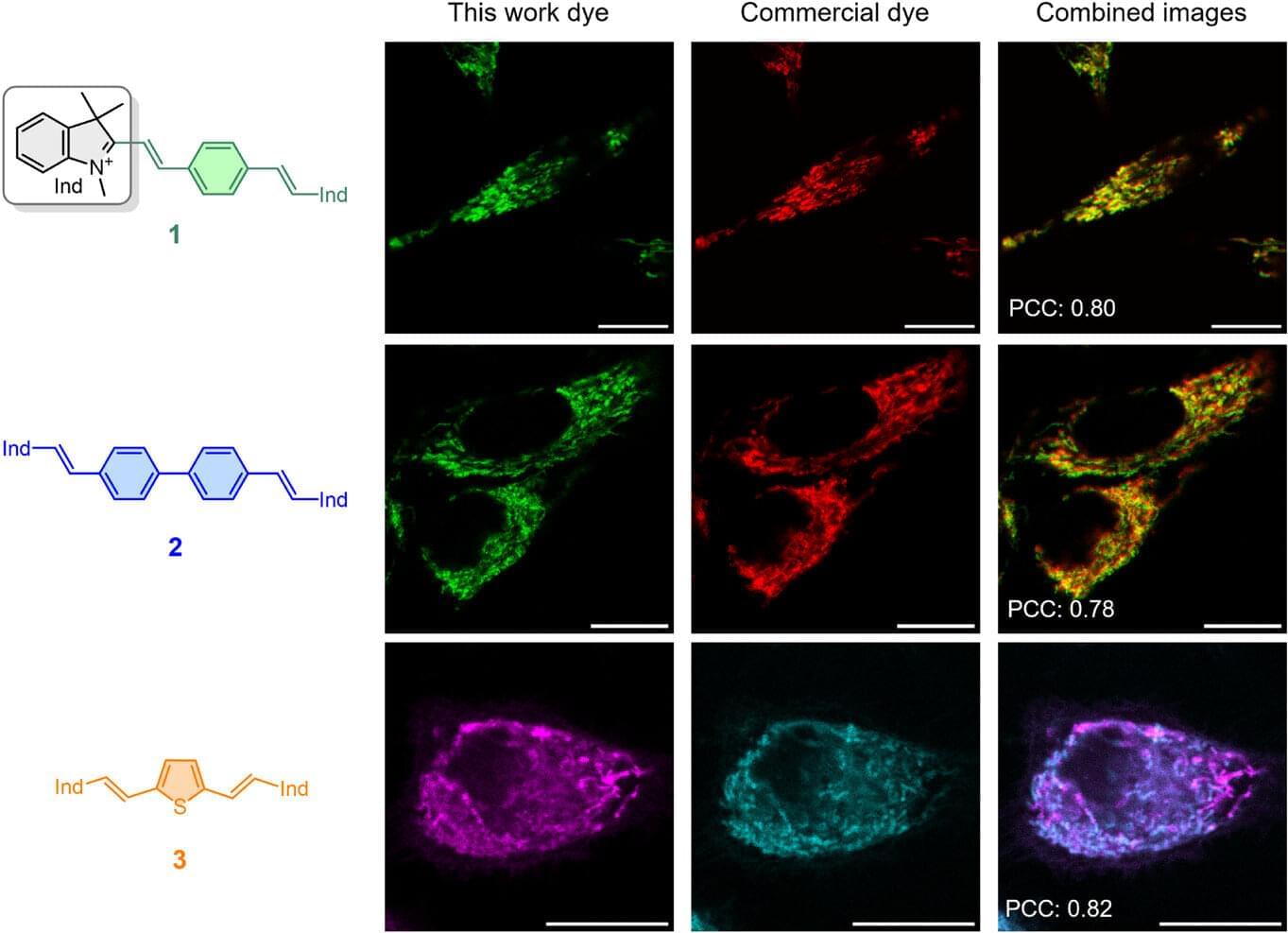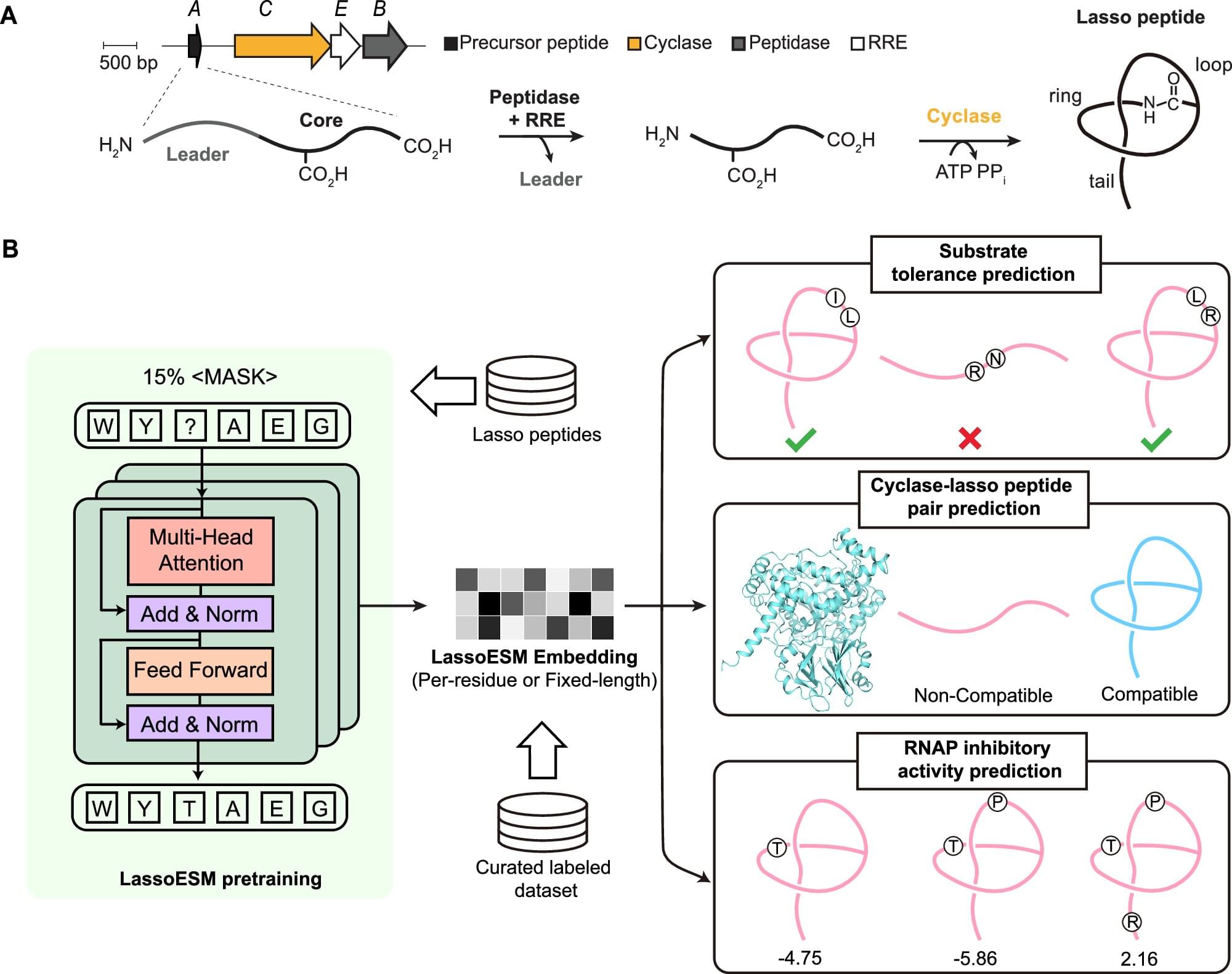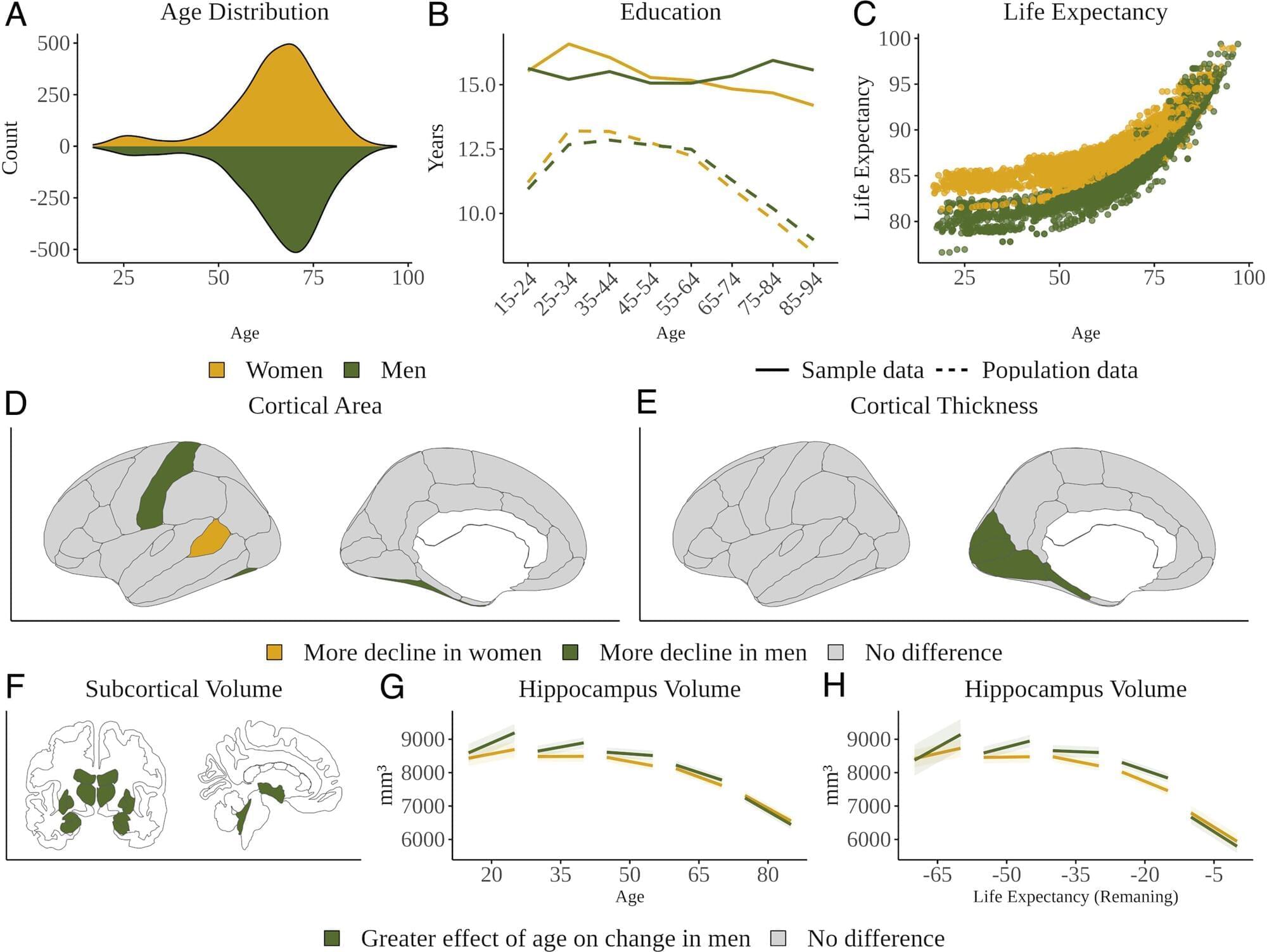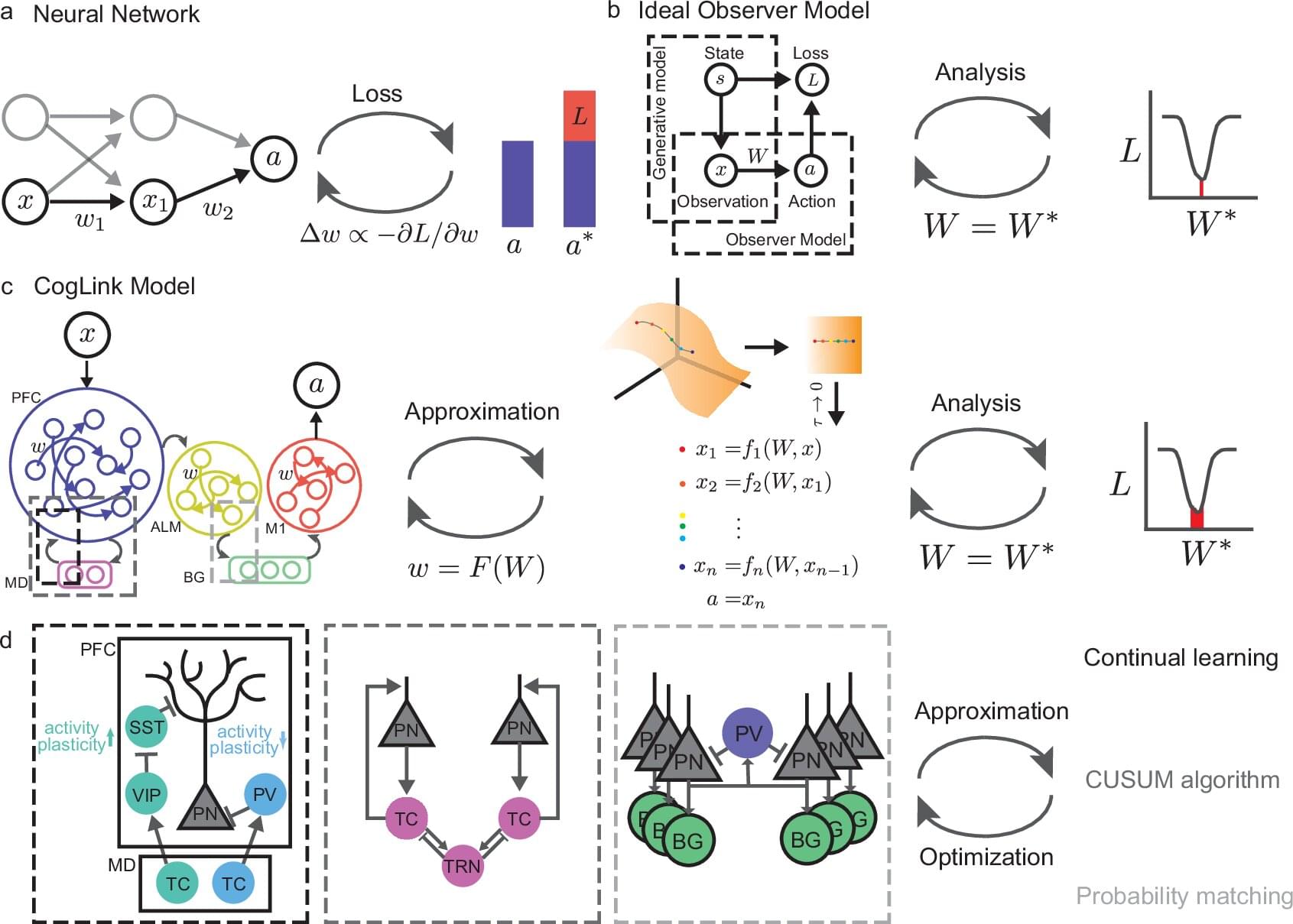Oral cancer remains a serious health concern, often diagnosed too late for effective treatment, even though the mouth is easily accessible for routine examination. Dentists and dental hygienists are frequently the first to spot suspicious lesions, but many lack the specialized training to distinguish between benign and potentially malignant conditions.
To address this gap, researchers led by Rebecca Richards-Kortum at Rice University have developed and tested a low-cost, smartphone-based imaging system called mDOC (mobile Detection of Oral Cancer). Their recent study, published in Biophotonics Discovery, evaluates how well this system can help dental professionals decide when to refer patients to oral cancer specialists.
The mDOC device combines white light and autofluorescence imaging with machine learning to assess oral lesions. Autofluorescence imaging uses blue light to detect changes in tissue fluorescence, which can signal abnormal growth. However, this method alone can be misleading, as benign conditions like inflammation also reduce fluorescence.
